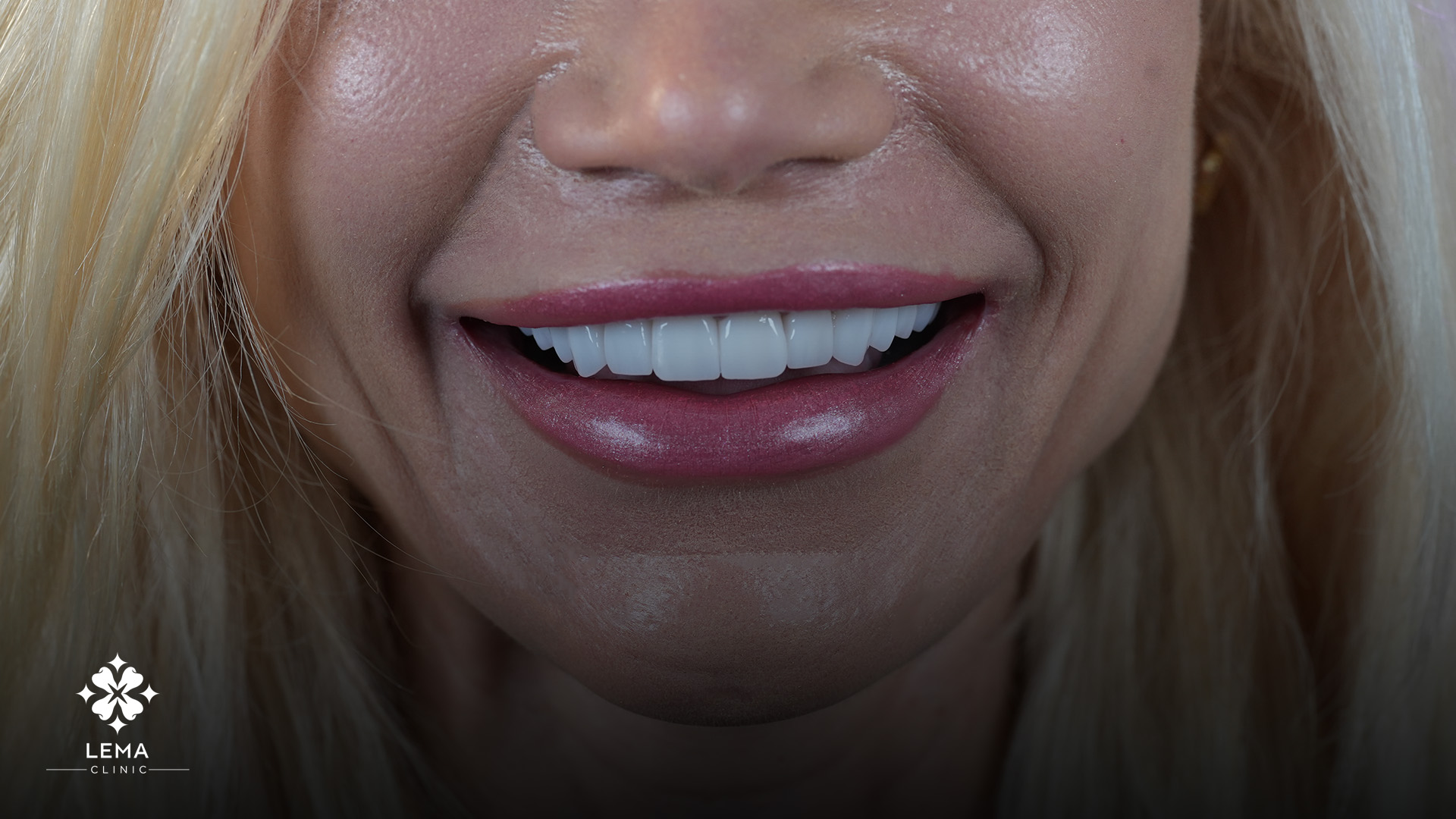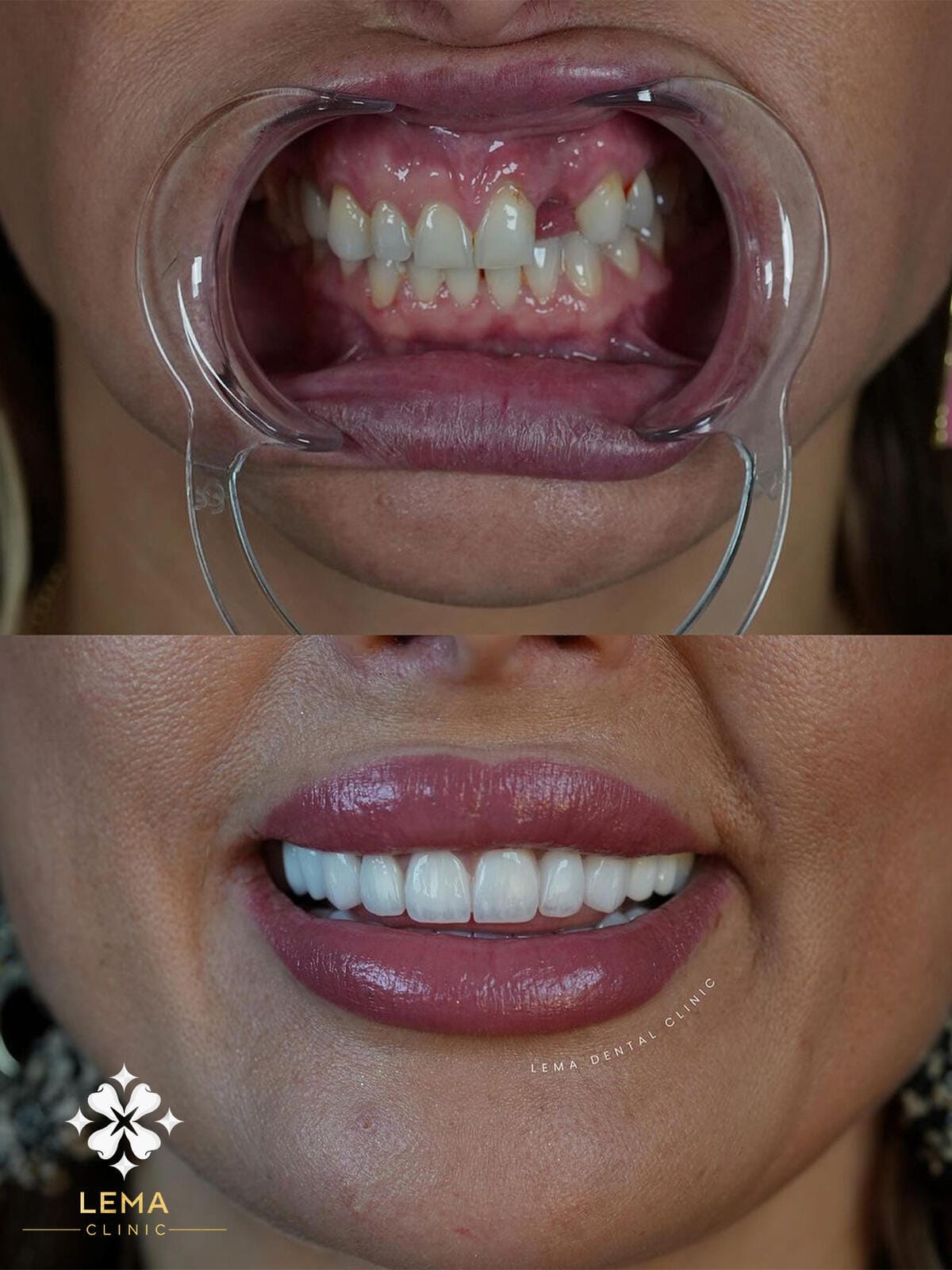Tooth Extraction Process And Aftercare
Tooth extraction is the dental procedure of removing a tooth from its socket in the jawbone. It's typically performed due to reasons like decay, infection, or overcrowding.

Tooth extraction, a vital dental procedure, involves carefully removing a tooth from its socket in the bone. This process is often necessary for several reasons, including severe tooth decay, infection, overcrowding, or the need for a wisdom teeth extraction. A dentist or oral surgeon, equipped with modern techniques and anesthesia, ensures that the experience of tooth extraction is as comfortable as possible.
The procedure commences with a thorough examination, followed by an X-ray. This step is crucial for planning the most effective approach for tooth extraction, particularly in complex cases like tooth extraction. The use of advanced technology and anesthesia plays a significant role in minimizing discomfort, making tooth extraction a tolerable and often painless process.

Understanding the need and procedure of tooth extraction, including the specific case of wisdom tooth extraction, can significantly alleviate patients’ concerns. It’s important to note that the tooth extraction cost can vary, as it is often personalized based on the individual’s unique dental needs and the complexity of the extraction.
Overall, being informed about tooth extraction, including the nuances of wisdom tooth extraction and the personalized nature of tooth extraction cost, can transform what might seem like a daunting experience into a manageable and positive one.
Table of Contents
ToggleTooth Extraction Process
Teeth extraction, a common yet essential dental procedure, is designed to maintain and improve oral health. This process, including the specialized wisdom tooth extraction, is performed with the utmost care to ensure patient comfort and well-being.
- Understanding Tooth Extraction: The need for a teeth extraction arises from various dental conditions, such as decay, gum disease, or tooth damage. Wisdom tooth extraction is specifically required when these molars do not have enough room to emerge or develop normally, leading to potential pain and infection.
- Consultation and Personalized Plan: The journey begins with a detailed consultation. Here, your dentist will explain the process, focusing on how a tooth extraction or a wisdom tooth extraction is a positive step toward better oral health. The use of modern imaging techniques aids in crafting a personalized and precise extraction plan.
- Painless Procedure with Advanced Techniques: The actual teeth extraction process is carried out using local anesthesia, ensuring a pain-free experience. When it comes to wisdom tooth extraction, your dentist might use specialized techniques to address the complexity of the procedure, always prioritizing your comfort.
- Gentle and Skillful Extraction: Whether it’s a regular teeth extraction or a wisdom tooth extraction, the procedure is performed with skill and care. The dentist uses specialized tools to ensure the extraction is as smooth and efficient as possible.
- Post-Extraction Care for Quick Recovery: Post-extraction instructions are provided to facilitate a quick and comfortable recovery. This includes tips on oral hygiene, suitable dietary choices, and rest, ensuring that your recovery from the tooth extraction, including wisdom tooth extraction, is swift and without complications.
- Follow-up for Continued Care: Post-procedure follow-ups ensure that your healing process is on track. These visits are a great opportunity to discuss any concerns and receive guidance on maintaining optimal oral health post-extraction.

Post Tooth Extraction Care
After undergoing a teeth extraction or a wisdom tooth extraction, proper care is essential to ensure a smooth and speedy recovery. This phase is as crucial as the extraction procedure itself, as it involves managing the healing process and preventing complications.
Following a post tooth extraction, the body immediately begins the healing process. A blood clot forms in the tooth socket, which is a critical part of recovery.
Dislodging this clot can lead to complications, so it’s important to follow your dentist’s advice closely. In the case of a wisdom teeth extraction, which can be more involved, the instructions might be more specific, given the larger wound and greater potential for swelling and discomfort.
Pain management is a key aspect of post-tooth extraction care. Most patients experience some degree of discomfort after a tooth or wisdom teeth extraction.
Your dentist will likely recommend over-the-counter pain relievers or prescribe medication to manage this. It’s important to use these as directed. Swelling and bruising may occur, especially after wisdom tooth extraction. Applying an ice pack to the outside of your cheek can help reduce this. It’s usually most effective during the first 24 hours post-extraction.
Oral hygiene is another critical component. While you should avoid directly brushing the extraction site for a day or two, it’s important to keep your mouth clean to prevent infection. Gentle rinsing with warm salt water can help; your dentist might also recommend a specific mouthwash.
Dietary adjustments are advisable after a tooth extraction. Soft foods that require minimal chewing are recommended, especially in the first few days. Avoid hot liquids, straws, and anything that could disrupt the clot, like hard, crunchy, or sticky foods. Gradually, you can reintroduce more solid foods as the extraction site heals.
Activity should be limited immediately following a tooth or wisdom teeth extraction. Rest is important, and strenuous physical activity should be avoided for a few days to prevent bleeding and aid in the healing process.
In conclusion, the care you take following a tooth or wisdom tooth extraction plays a pivotal role in your recovery. By adhering to these guidelines, you can help ensure a smooth and swift healing process, leading to a quicker return to your normal daily activities and overall oral health improvement.
The Positive Impact of Dental Implants After Tooth Extraction
Losing a tooth doesn’t have to be the end of your beautiful smile. Thanks to advancements in dental technology, dental implants offer a fantastic solution, turning a moment of loss into an opportunity for restoration and even improvement.
Dental implants stand as a beacon of hope in modern dentistry. They are not just replacements for missing teeth; they are complete restorations, from root to crown. A dental implants, a titanium post, is expertly placed into the jawbone, where it fuses naturally, forming a robust foundation just like a natural tooth root. This fusion not only provides exceptional stability for the new tooth but also promotes healthy jawbone maintenance, preventing the bone loss that often follows tooth extraction.
The journey to a renewed smile with dental implants post tooth extraction is a story of transformation. Once the implant integrates with the jawbone, a custom-made crown that perfectly matches the color, shape, and size of your natural teeth is attached. This new tooth isn’t just a functional addition; it restores the fullness of your smile and the confidence that comes with it.
What truly sets dental implants after teeth extraction apart is their ability to offer a new chapter in your dental story. They are a long-term solution, known for their durability and functionality. They don’t just fill a gap; they offer a chance to maintain, or even enhance, the natural harmony of your teeth.
In summary, implants are more than just a dental procedure; they are a pathway to reclaiming and enhancing your smile. They stand testament to the resilience and innovation of dental care, ensuring that a lost tooth doesn’t mean a lost smile.
Tooth Extraction and Implant Services at Lema Dental Clinic
Lema Dental Clinic Istanbul has established a distinguished reputation in the field of dentistry, particularly excelling in tooth extraction and implant procedures. Our clinic combines years of experience with the latest technology to provide patients with exceptional care and successful outcomes.
At Lema Dental Clinic Istanbul, teeth extractions are performed with utmost precision and care. Understanding the anxiety often associated with this procedure, our experienced dental professionals ensure a comfortable and stress-free experience for our patients. Lema Dental Clinic Istanbul truly shines in the area of dental implants. We pride ourselves on our success rate, which is a testament to our expertise and the cutting-edge technology we employ.
From the initial consultation to the final placement of the implant, our team is dedicated to delivering personalized care. We meticulously plan each implant procedure, using detailed imaging and diagnostics to ensure optimal placement and aesthetics. Our skilled dentists are not just experts in implant surgery; they are also artisans who craft each implant to flawlessly match the patient’s natural teeth, enhancing both functionality and appearance.
Our commitment to excellence in tooth extraction and dental implants is reflected in the high satisfaction of our patients. Lema Dental Clinic’s combination of experienced professionals, state-of-the-art technology, and a patient-centered approach sets us apart as a leader in dental care.
What are the key components of post-tooth extraction care?
Hello James,
Key components include managing pain with prescribed medication, reducing swelling with ice packs, maintaining oral hygiene with gentle rinsing, and following dietary adjustments like consuming soft foods.
What is the initial step in the tooth extraction process?
Hello Sophia,
The initial step in the tooth extraction process is a thorough examination, followed by an X-ray to plan the most effective approach for the extraction.
How can dental implants benefit a patient after tooth extraction?
Hello Benjamin,
Dental implants provide a durable and functional replacement for missing teeth, promoting healthy jawbone maintenance and restoring the appearance and functionality of the natural teeth.